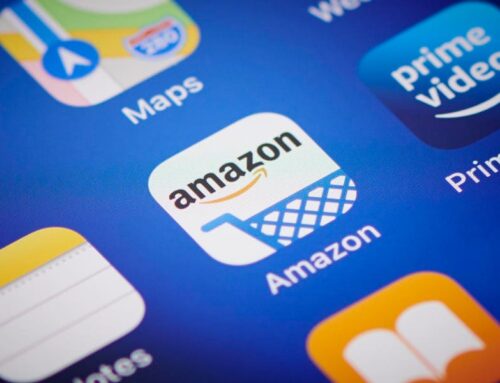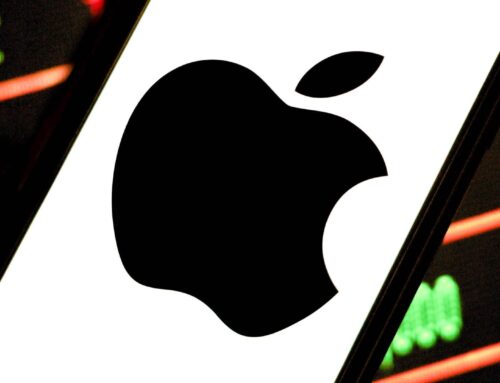The Athletic: NBA, Amazon partner to offer 4 new stats for fans and broadcasters
October 5, 2025
• Download the NBA App
• 2025 Free Agent Tracker
• Every reported deal for all 30 teams
Editor’s Note: Read more NBA coverage from The Athletic here. The views on this page do not necessarily reflect the views of the NBA or its teams.
***
As pro sports have grown increasingly more complex and teams have become more reliant on analytics, often kept in-house and proprietary, fans have been left trailing behind. This season, though, we might get more insight into what NBA players are doing on the court thanks to a new suite of stats the NBA will drop over the next few months.
The league will launch three new stats during the 2025-26 season based on its player tracking data that could increase access to the information teams have been fiddling with for years. The NBA will begin to offer defensive box scores, a new way to understand the difficulty of any given shot taken during a game and will try to contextualize a player’s on-court gravity.
It will also put in a new function it calls “play finder” that will analyze player movements during each possession, label them and allow fans and teams to search for similar ones that season and in the data set.
The rollout is part of a new NBA effort to use machine learning, and a new commercial partnership with Amazon Web Services, to try to innovate new experiences for fans, broadcasters and teams as the league no longer positions itself as not only a basketball league operator but also as a tech company.
“Very much so,” said Ken DeGennaro, the NBA’s executive vice president for media operations and technology. “And I would even include media company as part of that sort of marker, right? Because a lot of what we’re doing is to bring a better broadcast experience, and I wouldn’t even call it broadcast — a game watching, game consumption experience to our fans. And we’re going to invest in the technology to be able to make that happen and integrate that into our media and distribution services. Whatever they may be, be it broadcast, be it our owned and operated DTC platforms, be it on social, be it on our websites. But you know, whatever output there is, we want to make sure that we continue to invest to be able to improve that experience for our fans.”
The stats the NBA will unveil, which they are calling NBA Inside the Game, stem from its relationship with AWS and the use of cloud services. The two companies announced a new five-year partnership Wednesday but have been working together before this to create these new products. The NBA relied on Amazon for its cloud computing and processing power to create these products.
The four public-facing stats are all an endeavor to increase an understanding of the sport. The league will rely on its player tracking data, which uses pose data that incorporates 29 data points on a player’s body collected 60 times per second to gather their movements and positioning, to underline the endeavor.
The defensive box score will take the traditional box score stats and invert them to attribute the statistics to the defensive player involved. It is, perhaps, the most basic of the stats being rolled out.
A new gravity metric will be the league’s attempt to quantify how much pressure a shooter or rim runner puts on a defense. It will look at how closely players are defended, the attention they receive and how much space they create for others on the floor. It will not be any raw number but will be used as a contextualized stat that can be used to compare players to one another.
“There’s a lot of trigonometry involved,” Charles Rohlf, the NBA’s vice president of stats technology and product development, said, though he noted gravity won’t be ready when the season begins.
The most interesting stat might be the one that measures each shot’s difficulty. The NBA will use player pose data to see where they are on the court, how they are positioned, how close their defender is, and other information to create an estimate of what the expected field goal percentage for that shot would be to then understand how easy or difficult that shot is based on a machine learning model it has created that analyzed thousands of past shots so it can create a prediction for this next one.
This will allow fans to gauge the best shooters in the league, Rohlf said, not just on raw shooting numbers but also comparative ones.
The league will provide this metric live on its website so fans can access it during games. It will also make play finder available during games as well.
“Play finder is, we believe, a revolutionary AI machine learning underlying model that looks at every play we are calling offensive sequence,” Rohlf said. “So think of it as roughly from the time the offensive team brings the ball into the frontcourt and they run some sequence of actions that results in a shot or a turnover. But you know that span of time from the moment they sort of cross half court to the moment they conclude their offensive sequence. So it takes all the tracking data of the movement of the five offensive players and the ball, and it embeds that in a dimensional space with some basketball logic built in, so that we can quickly find other plays with very similar patterns of movement.”
Julie Souza, AWS’ global head of sports, said the new capabilities will be available to Amazon and the league’s other broadcast partners during games, and they can integrate them into their production. The partnership between the NBA and AWS will also include the WNBA, G League and Basketball Africa League.
Souza said she met with WNBA executives last week to figure out what that league is looking for and where it wants to go. She mentioned that could mean the creation of new analytics and uses particular to that league. That includes possible options in refereeing and looking at player health through the prism of female athletes.
“What are their priorities, right?” Souza said. “And so some of it is the analytics. Let’s get parity in this space and get the same sort of insights that are available for the NBA available for the WNBA. It’s really interesting, some analytics they want to dig into, because they are more specific to the women’s game, and so it’ll be fun to pioneer stats for the first time with the W as well.”
The NBA, she said, was looking for a company that could help it innovate, and this could be just the beginning of what they create together. It comes, of course, as the NBA also begins its 11-year media rights deal with Amazon Prime Video, which will air 67 regular-season games and the NBA Cup.
“There’s also just lots of what’s to come,” Souza said. “We weren’t talking about generative AI a couple of years ago, and now it’s all anybody’s talking about. So as new technologies come to the market, we’re really well positioned with the NBA to let them experiment and play and for us to support them in that.”
Mike Vorkunov is the national basketball business reporter for The Athletic. He covers the intersection of money and basketball and covers the sport at every level. He previously spent three-plus seasons as the New York Knicks beat writer. Follow Mike on X @MikeVorkunov
Search
RECENT PRESS RELEASES
Related Post



